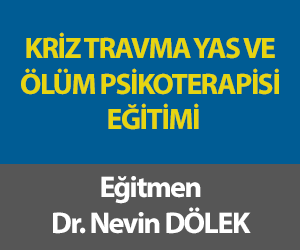Antidepressant Elavil Impersonates Brain’s Growth Factors

The widely used antidepressant and pain medication amitriptyline (Elavil) can seemingly impersonate the brain’s own growth factors, researchers have shown.
Amitriptyline (Elavil), a tricyclic antidepressant first introduced in the 1960s, and other tricyclics are thought to exert their effects by increasing the levels of the messenger chemicals serotonin and norepinephrine in the brain.
But the delay required for antidepressants to work has led scientists to the idea that a secondary effect, pushing neurons to survive and grow, must occur indirectly.
The finding that amitriptyline can directly stimulate molecules that help neurons grow and resist toxins suggests a separate mechanism by which some antidepressant and pain relief compounds may function.
Keqiang Ye, PhD, associate professor of pathology and laboratory medicine at Emory University School of Medicine, and his colleagues were looking for chemicals that could imitate a protein in the brain known as NGF (nerve growth factor).
NGF has been used experimentally to treat Alzheimer’s disease and the degeneration of nerves in the extremities caused by diabetes. However, NGF cannot cross the blood-brain barrier and has puzzled investigators with its side effects, such as increased sensitivity to pain.
Working in Ye’s laboratory, postdoctoral fellow Sung-Wuk Jang sorted through a library of chemicals to find those that could stimulate one of NGF’s “receiver dish” molecules on nerve cells, called TrkA. The way NGF works is to pull together two TrkA molecules on the cell surface.
“We were surprised to find that amitriptyline has these same properties,” Ye says. “This is an antidepressant that has been used for decades.”
Doctors also prescribe amitriptyline for chronic pain such as migraine headaches or the nerve damage caused by diabetes, he notes.
In laboratory tests, amitriptyline could protect neurons from oxygen and glucose deprivation or the toxin kainic acid. Only amitriptyline, and not other antidepressants, could duplicate NGF’s ability to stimulate neurons to send out “neurites,” small projections thought to be the beginnings of connections to other neurons.
Amitriptyline directly binds TrkA and a related molecule called TrkB, the authors found. Amitriptyline could also bring together a mismatched pair of TrkA and TrkB — a phenomenon not seen before, Ye says.
Also surprising was the finding that other tricyclic antidepressants — even those with a similar molecular structure such as imipramine — could not match amitriptyline’s ability to stimulate cells through TrkA.
In a model of antidepressant function called a “forced swim test,” amitriptyline’s effects do not depend on TrkA, because it still works on mice with modified TrkA genes, the authors found.
Recent studies have indicated that the presence of TrkB is necessary for antidepressants to function in mouse models. The relationship between amitriptyline’s ability to directly stimulate TrkA and TrkB and its antidepressant and pain-relief properties needs to be explored further, Ye says.
The results are published online and appear in the June 26 issue of the journal Chemistry & Biology.
Source: Emory University School of Medicine










Türkçe karakter kullanılmayan ve büyük harflerle yazılmış yorumlar onaylanmamaktadır.